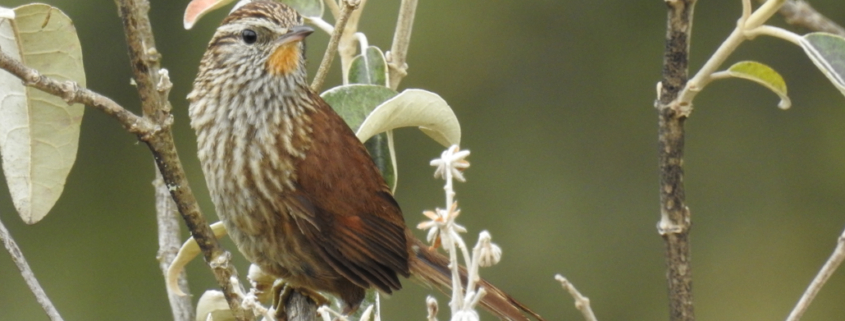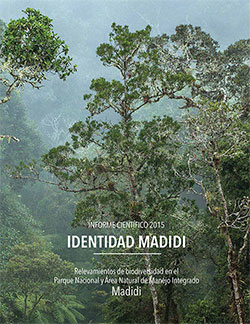Government of Bolivia & Wildlife Conservation Society Announce Biodiversity Expedition in Madidi National Park
Newswise — The Government of Bolivia, the Wildlife Conservation Society (WCS), and a number of Bolivian research and conservation organizations announced today (the International Day for Biological Diversity) the launching of a new scientific expedition, Identidad Madidi, into the heart of Madidi National Park—the most biodiverse protected area in the world—in an effort to describe still unknown species and to showcase the wonders of Bolivia’s extraordinary natural heritage at home and abroad.
The expedition officially begins on June 5th and will last for 18 months as a team of Bolivian scientists will work to expand existing knowledge on Madidi’s birds, mammals, reptiles, amphibians, and fish along an altitudinal pathway descending more than 5,000 meters (more than 16,000 feet) from the mountains of the high Andes into the tropical Amazonian forests and grasslands of northern Bolivia. Participating institutions include the Ministry of the Environment and Water, the Bolivian National Park Service, the Vice Ministry of Science and Technology, Madidi National Park, the Bolivian Biodiversity Network, WCS, the Institute of Ecology, Bolivian National Herbarium, Bolivian Faunal Collection and Armonia with funding from the Gordon and Betty Moore Foundation and WCS.
“This new expedition will give us a better understanding of the full breadth of Madidi’s natural wonders,” said Dr. Robert Wallace of WCS’s Amazon Program. “At the same time, we intend to share our activities and discoveries with the public in order to raise awareness at the importance and exceptional value of Madidi. What better way to commemorate the International Day for Biological Diversity?” Wallace added “follow the adventure online at www.identidadmadidi.org, #IDMadidi.”
Specifically, the expedition’s objectives call for an increase in existing information on the park’s vertebrates with the researchers expecting to add at least 200 species to Madidi’s confirmed list of vertebrates. The expedition will also create a baseline of information for monitoring the effects of factors such as climate change on the park’s ecosystems.
At the same time, the scientists will work to connect the citizens of Bolivia and the world with the natural richness of Madidi National Park via a number of media, including pictures, blogs, videos, a website, and other digital tools. “Providing a virtual conservation experience for Madidi National Park can create powerful new constituencies for conservation,” said Dr. Lilian Painter of WCS´s Bolivia Program. “Reaching children and young people is especially important, chiefly because it is this demographic that will be most inspired by Madidi´s record-breaking biodiversity, wonderful wildlife and breathtaking scenic beauty.”





 Facebook
Facebook Instagram
Instagram YouTube
YouTube
Leave a Reply
Want to join the discussion?Feel free to contribute!